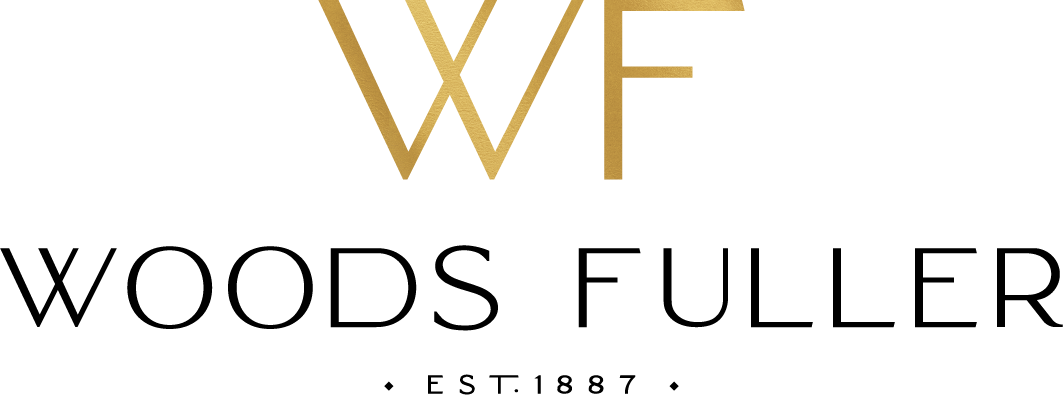Supreme Court Ruling Impacts Life Insurance Buy-Out Structures for Businesses
On June 6, 2024, the Supreme Court of the United States issued a decision that will have a significant impact on how life insurance is used to fund a company’s buy-out structure.
In Connelly v. United States, a corporation owned and was the beneficiary on life insurance policies on the lives of its two shareholders. The corporation’s governing document gave the surviving shareholder the option to purchase the deceased shareholder’s shares, and if not exercised, the corporation was required to purchase the deceased shareholder’s shares. Upon the death of one of the shareholders, the other shareholder chose not to exercise his option to purchase the deceased shareholder’s shares, which triggered the corporation’s obligation to purchase the deceased shareholder’s shares.
When valuing the corporation for purposes of the deceased shareholder’s gross estate, the tax preparer excluded the life insurance proceeds that were received by the corporation, based on the theory that the value of the life insurance was offset by the corporation’s obligation to purchase the deceased shareholder’s shares. Following an audit, the Internal Revenue Service determined that the life insurance proceeds were not offset by the corporation’s obligation to purchase the deceased shareholder’s shares and consequently the value of the life insurance proceeds should have been included when valuing the corporation, and the deceased shareholder’s shares re.
Historically, the position taken by the tax preparer in Connelly v. United States was common practice. Practitioners assumed the receipt of life insurance proceeds by a company upon the death of an owner of the company did not result in an increase in the value of the company for purposes of the deceased owner’s gross estate. However, due to the Supreme Court’s decision in Connelly, many companies may want to restructure their life insurance buy-out structures if the value of any owner’s estate exceeds or has the possibility of exceeding any state or the federal estate tax exemption (See: Understanding Gift Tax: Key Components for Effective Financial Planning) for a discussion on estate tax.
Estate Tax Implications of Using Life Insurance to Fund a Buyout
Due to the ruling in Connelly v. United States, the value of any life insurance proceeds paid to the company upon the death of an owner will be included in the value of the company, which will increase the value of a deceased owner’s ownership interest in the company. If the value of a deceased owner’s estate is large enough, this could expose the owner to estate taxes based upon that increased valuation.
In addition, if an individual has an “incident of ownership” over a life insurance policy on his or her own life, the value of all of the life insurance proceeds are included in the individual’s estate for estate tax purposes. An “incident of ownership” is present when the insured individual has specific rights over the life insurance policy, such as the right to change beneficiaries, borrow against the policy, cancel the policy, or receive the cash value or dividends. An “incident of ownership” can be present through individual ownership of the life insurance policy or the ability to exercise an “incident of ownership” through his or her decision-making ability over a company or trust that owns the life insurance policy. The analysis of whether an individual has an “incident of ownership” due to his or her ownership of or decision-making ability over a company or trust varies depending on the type of legal entity and the decision-making structure of such legal entity or trust.
A company should consider the impact of these risks when structuring its buy sell agreement, particularly if one or more owners will be subject to estate tax at death.
Life Insurance Buy-Out Structures
Historically, there have been 3 primary ways to own life insurance for purposes of funding the buy-out of a deceased owner. The first option was for the Company to own the policy and be the beneficiary of the policy. This structure was present in Connelly v. United States, where the company owned life insurance policies on each owner’s life and the company was the beneficiary. The benefit of this structure is that the Company only needs to purchase one policy on each owner and the premium cost is treated as an expense to the Company (albeit not a deductible expense. However, as discussed, under this structure, the life insurance proceeds will now be included in the value of the company when determining the value of the company and the deceased owner’s ownership interest in the company for estate tax purposes.
A second option is for the company to own life insurance policies on the owners with the non-insured owners as the beneficiaries of the life insurance policy. This structure requires the company to purchase only one policy per owner and allows the Company to pay the premium cost. It also avoids the inclusion of the life insurance proceeds in the value of the company, and thus avoids including that value in the deceased owner’s ownership interest in the company for estate tax purposes. However, this structure may cause inclusion of all of the life insurance proceeds in the deceased owner’s gross estate if the deceased owner had control over the life insurance policy through his or her role in the Company.
The third option, and based upon the ruling in Connelly v. United States, the most effective structure for purposes of minimizing estate tax consequences, is for each owner of the company to own and be the beneficiary of a life insurance policy on the lives of the other owners. This structure can eliminate the risk of the life insurance proceeds being included in the deceased owner’s gross estate if structured correctly, as the life insurance proceeds will not be included in the value of the company and the deceased owner will not hold an “incident of ownership.” However, the downside of this structure is that it requires each owner to hold a life insurance policy on each other owner. This may be manageable with 2 owners, but quickly becomes challenging with 3 or more owners. An additional challenge to this structure is how the premiums are paid. Premiums will vary based on the age and health of an owner, which could result in a younger, minority owner paying much higher premiums on the life of the older, majority owner. This structure can also be accomplished by creating separate companies or irrevocable life insurance trusts to own the life insurance policies.
Tax Implications with Changing Structures
Before any changes are made with respect to how life insurance is owned, parties should carefully consider the tax implications of changing ownership. In some cases, transfers of a life insurance policy may cause income tax recognition, such as if the current owner is a corporation. Additionally, the transfer of a policy may cause the death benefit to lose its income tax exclusion, depending on to whom the life insurance policy is transferred and the type of life insurance policy. In addition, parties should Beware of the look back period which pulls the proceeds of a life insurance policy back into a decedent’s gross estate if the life insurance policy was transferred within three years of the decedent’s death and the decedent had an “incident of ownership” over the life insurance policy prior to the transfer.
Every business that uses life insurance to fund its buy sell agreement should examine how those policies are owned in light of the Connelly ruling and consider whether any changes should be made. Should you have any questions or want to revisit your company’s life insurance buy-out structure, Woods Fuller Estate Planning and Business Attorneys are happy to assist.


